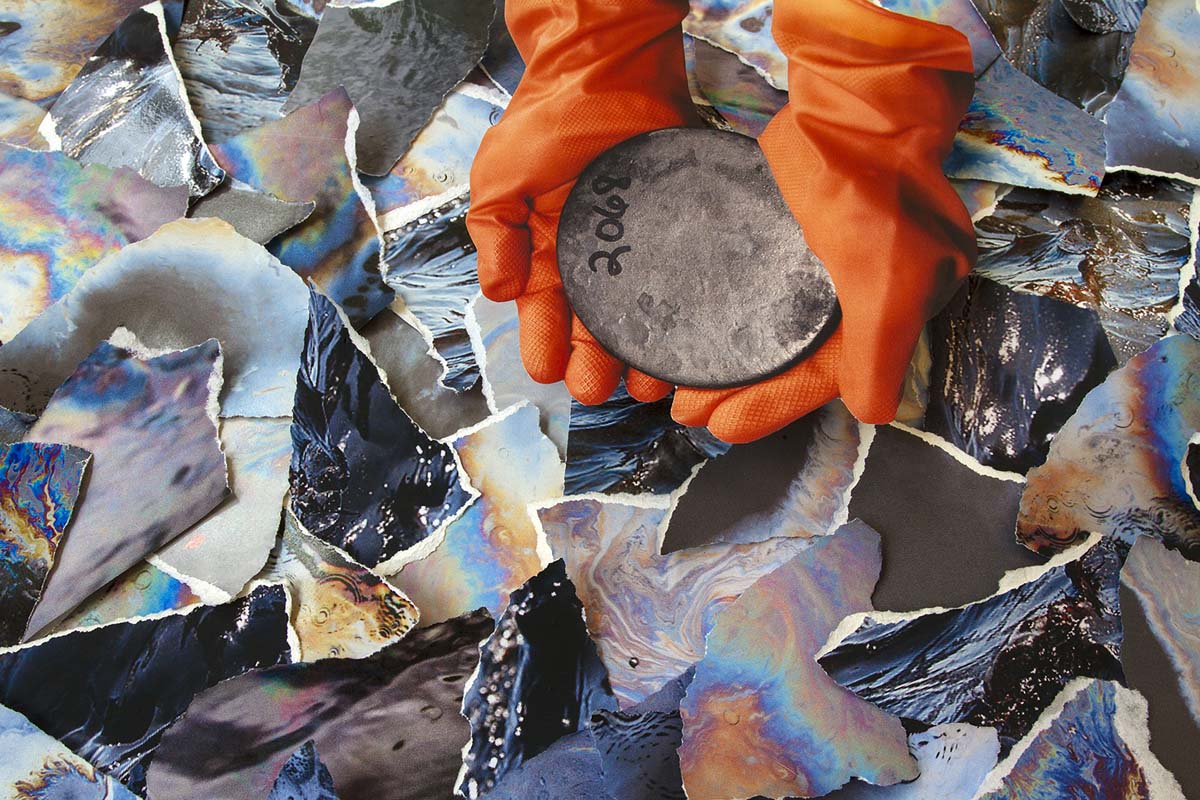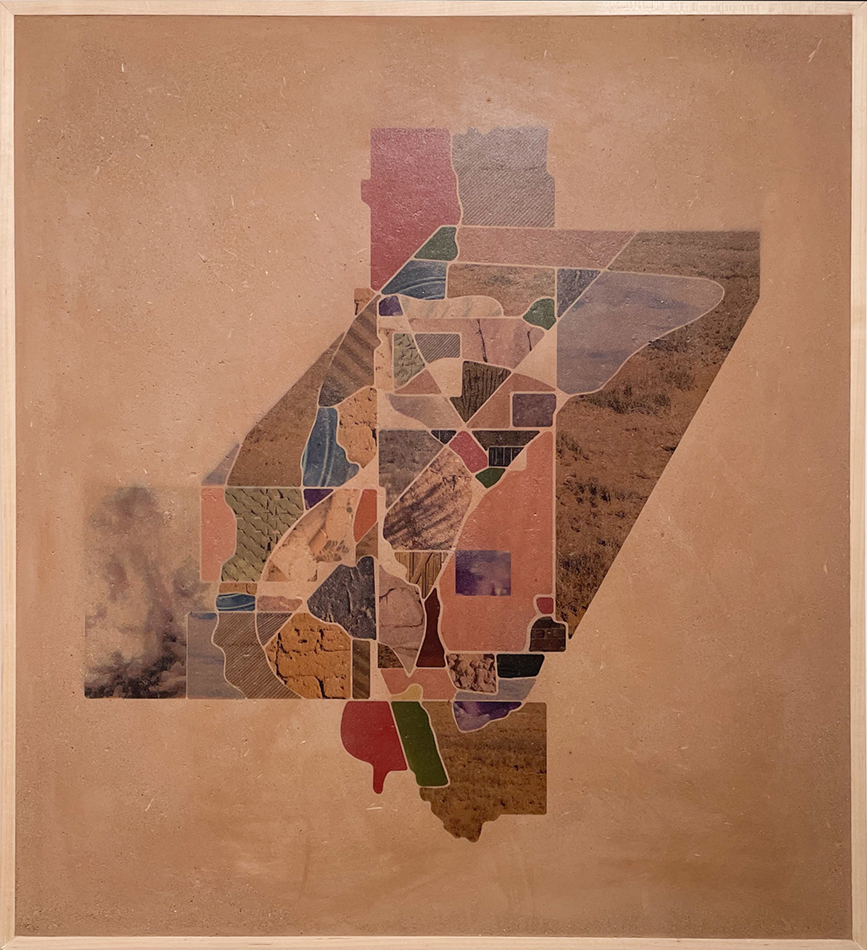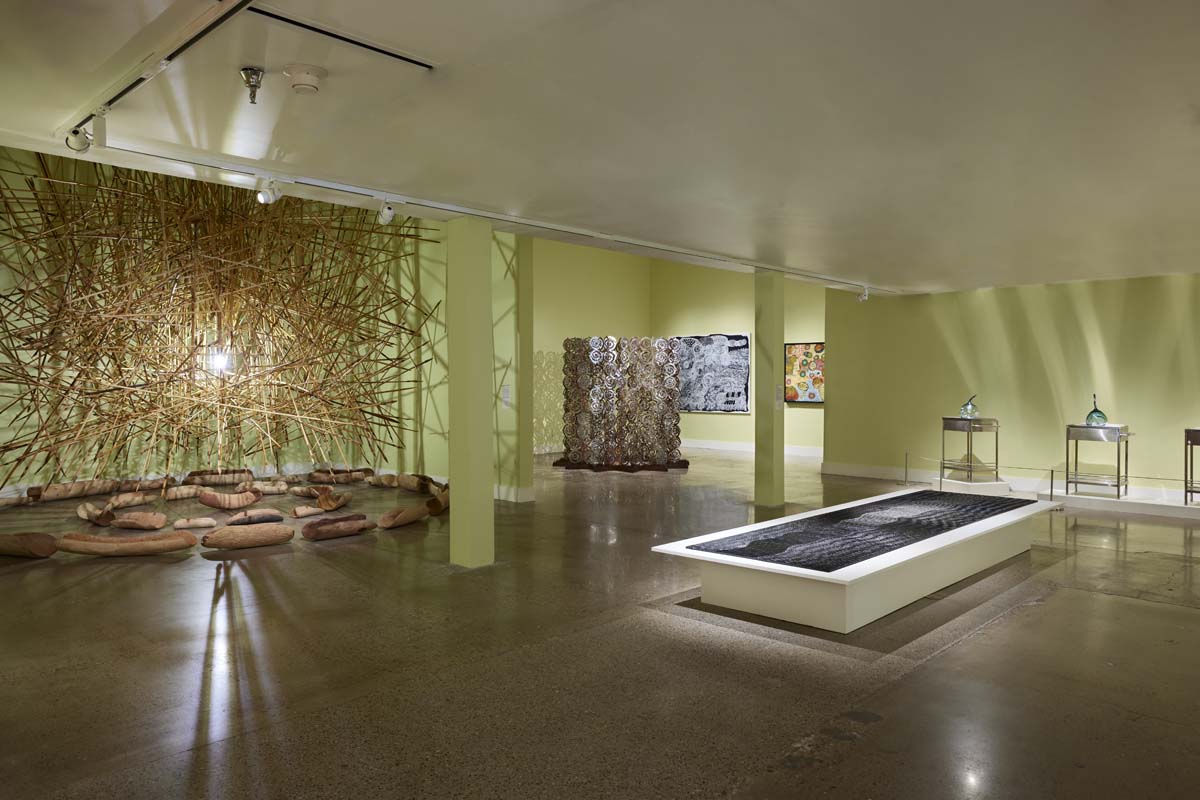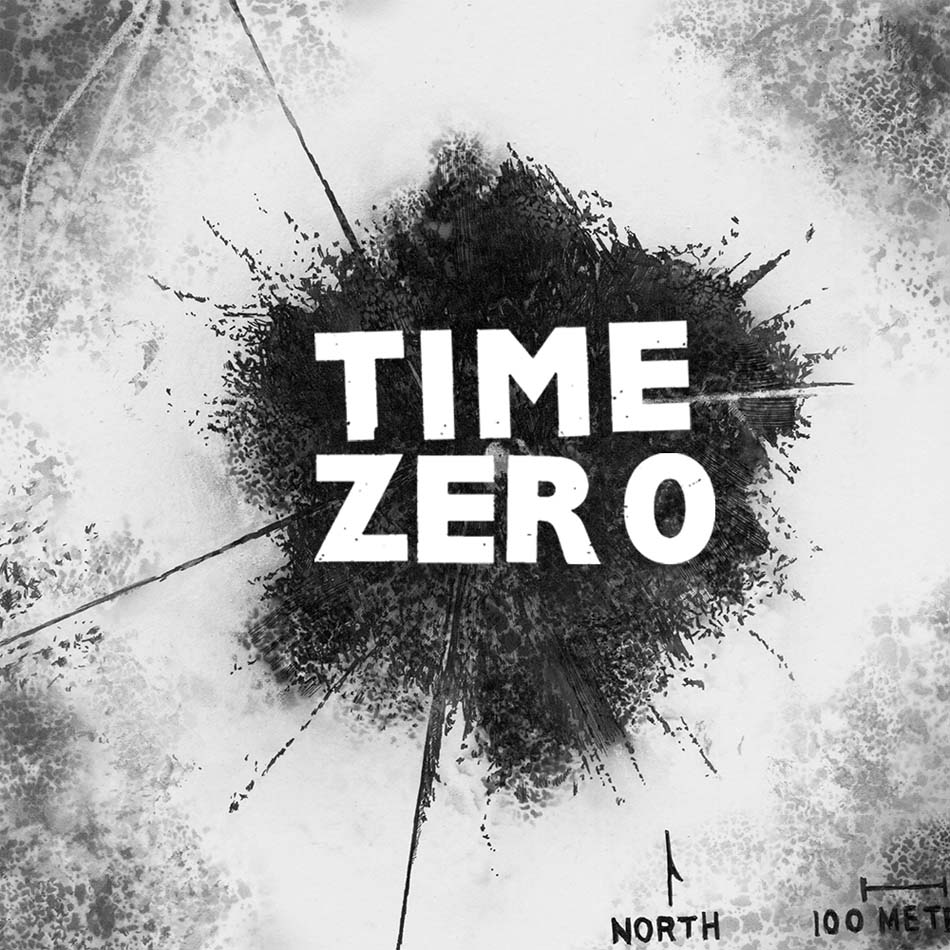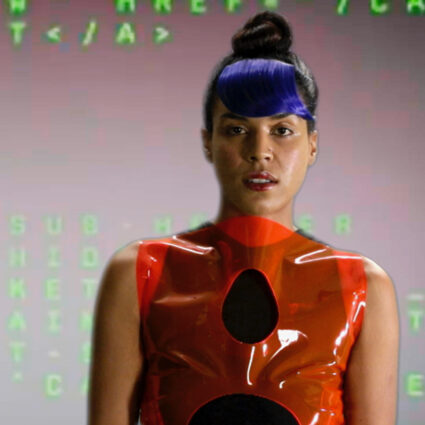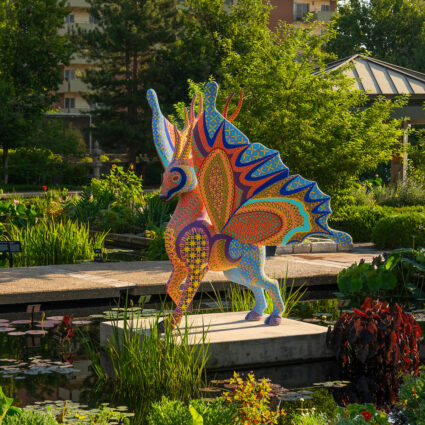Time Zero podcast producer Sean J Patrick Carney on art and the nuclearized world, from the hyperlocal of the Trinity site to the planetary effects of nuclearism.

This article is part of our The Hyperlocal series, a continuation of the ideas explored in Southwest Contemporary Vol. 11.
Two summers back in Las Cruces, New Mexico, I attended a group exhibition organized by the Tularosa Basin Downwinders Consortium. Presented at the Branigan Cultural Center, Trinity: Legacies of Nuclear Testing highlighted intergenerational health and environmental consequences of the world’s first nuclear detonation in the Tularosa Basin on July 16, 1945.
From that moment of original sin in the Southwest, atomic legacies spiraled out quickly. Carried by wind, water, and policy, radionuclides from 2,055 subsequent international nuclear “tests” embedded themselves into oceans, deserts, forests, and glaciers, where they will remain toxic for millennia. The staggering scale of contamination from radioactive fallout, and atomic industries more broadly, is planetary and geologic.
But as I have spent the last half decade researching and writing about the nuclearized world, I have found that art serves as a portal, cipher, and salve.
Three miles south of the Branigan, at the New Mexico State University Art Museum, interdisciplinary artist Cara Despain’s solo show Specter confronted literal and psychological fallout from the Nevada Test Site, where the U.S. set off 928 nuclear bombs between 1951 and 1992, blanketing the United States with radioactive material.
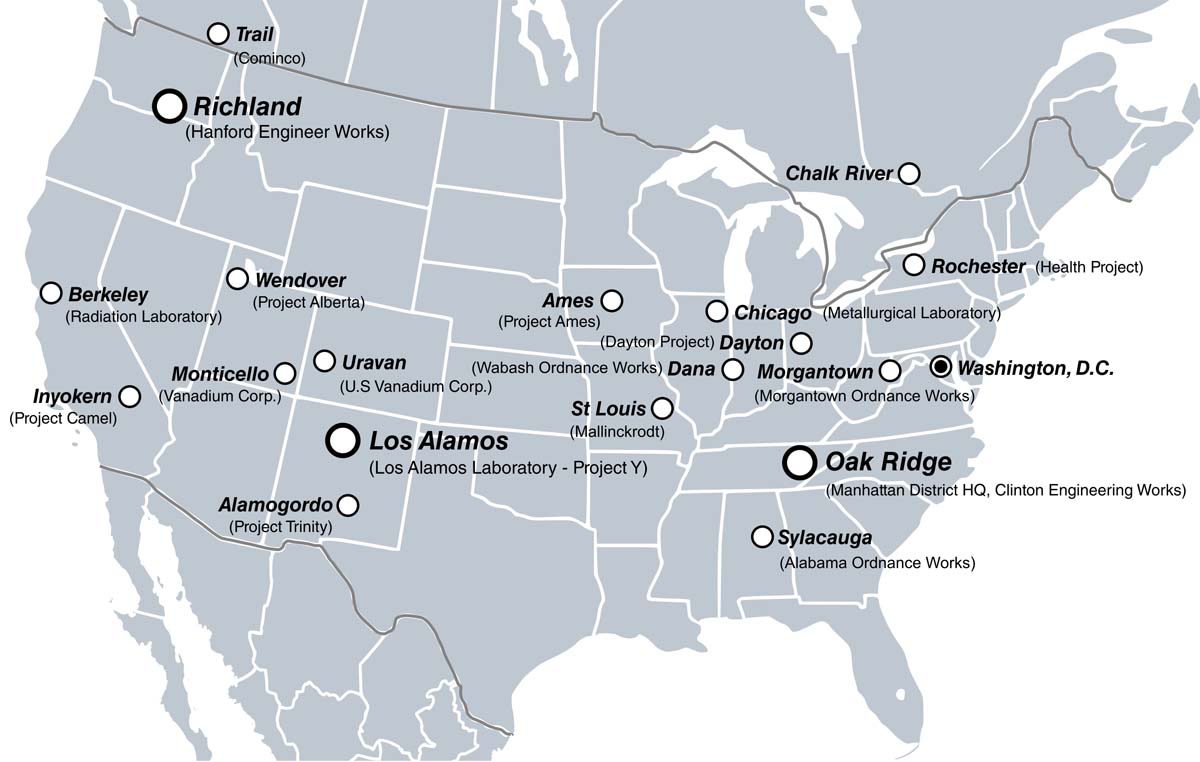
Specter included a panel talk between Despain, author Joshua Wheeler (whose Acid West introduced me to the Trinity Downwinders), and Myrriah Gómez, author of Nuclear Nuevo México. I bought Gómez’s book and marveled at its alloying of academic research with community testimonios about living in the shadow of Los Alamos National Laboratory. Those testimonies—grounded, human accounts of nuclear harm—made understandable larger, abstracted networks of contamination.
When I started to interview communities who lived near nuclear sites, I sympathized with devastating stories about families ravaged by intergenerational cancers. In my own family, the number of cancer diagnoses and non-elective and preventative bilateral mastectomies, hysterectomies, and salpingo-oophorectomies that my sisters, mom, aunts, and cousins have had borders on the eerie. Two years ago, we watched my father’s excruciating death from prostate cancer. I’ve tried to imagine if my family’s illnesses were the result of their having been knowingly—and casually—poisoned by the U.S. government.
All of this was on my mind as I meditated on Shanna Merola’s collages at the Trinity exhibition in Las Cruces. Merola’s work highlights the U.S. nuclear program’s expansive geography, including Cold War–era sites in Buffalo and Detroit—my parents’ hometowns. From there, I discovered that fifty miles from my own hometown, massive nuclear waste casks border the Lake Michigan shoreline, remnants of a plant that shuttered in 1997. My sister, who just completed breast cancer treatment, lives in Denver, adjacent to Rocky Flats, a plutonium-contaminated former weapons facility.
Artists and activists—not government officials or scientists—make the geographical and chronological pervasiveness of nuclear histories legible.
Nobody else in my family lives in the Southwest, and yet each of them has always lived within an hour‘s drive of a nuclear plant, radioactive dump, uranium processing facility, or plutonium-tainted Superfund site. Technically, my family’s cancer rates and proximity to these sites is geographically coincidental. For thousands of families, however, it is not.
Artists and activists—not government officials or scientists—make the geographical and chronological pervasiveness of nuclear histories legible. Consider the stratified timelines in Joanna Keane Lopez’s Thrice Layered series, or Don’t Follow the Wind’s unviewable exhibition in the Fukushima exclusion zone.
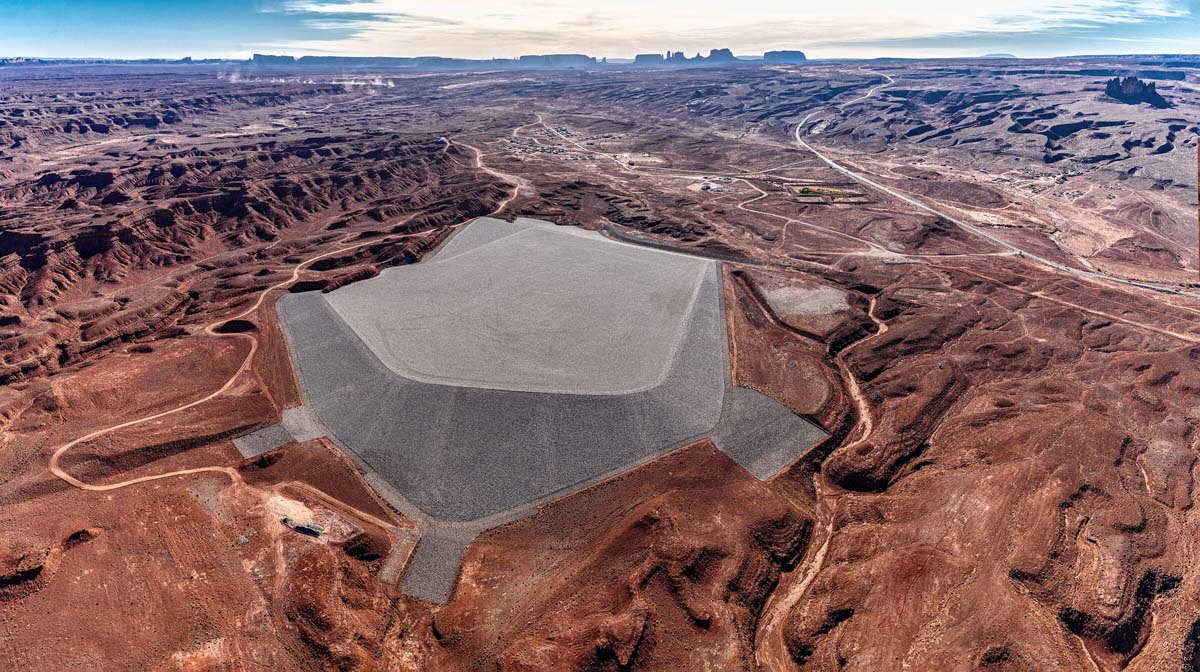
Uranium mining on Indigenous lands in the Four Corners region has been catastrophic on multiple scales. Interdisciplinary artist Will Wilson (Diné) documents the macro-scars left on the landscape through drone photography. Zuni artist and healthcare worker Mallery Quetawki—whom I learned about at the Branigan, and later interviewed for Southwest Contemporary—shows the microscopic traumas, painting genetic impacts of uranium exposure.
Quetawki and Wilson were both featured in Exposure: Native Art and Political Ecology, a traveling survey of contemporary Indigenous art critiquing nuclear weapons testing, uranium mining, atomic energy, and radioactive waste disposal. Exposure clued me into global dissent from Australia to Greenland, and artists like Bonnie Devine (Anishinaabe/Ojibwa), Kohei Fujito (Ainu), Anna Tsouhlarakis (Navajo/Creek/Greek), and Joy Enomoto (Kanaka Maoli/Caddo).
The Atomic Age is not a relic of the past. Confronting it remains urgent.
What cracked open in the Tularosa Basin in 1945 has spiraled out into what philosopher Timothy Morton calls a hyperobject, something occupying so much time and space that it becomes impossible to comprehend. Think climate change, black holes, or plastic. Art, though, articulates the inarticulable. Through the production of local objects—artworks—it allows us to grasp and critique hyperobjects.
The Atomic Age is not a relic of the past. Confronting it remains urgent. Big tech’s power-hungry AI boom is reopening nuclear power plants, exacerbating waste dilemmas, and incentivizing new uranium mines. Militarily, the U.S. alone will blow $1.7 trillion over the next thirty years rebuilding its entire nuclear arsenal. For years, certain actors have pushed to restart live nuclear weapons explosions.
These legacies and revelations have led me to produce Time Zero, a podcast on art and the nuclearized world. Time Zero exists to make the hyperobject local, to collate and broadcast radical artistic interventions, because as political leaders and tech billionaires obfuscate nuclear legacies, artists make them undeniable.
